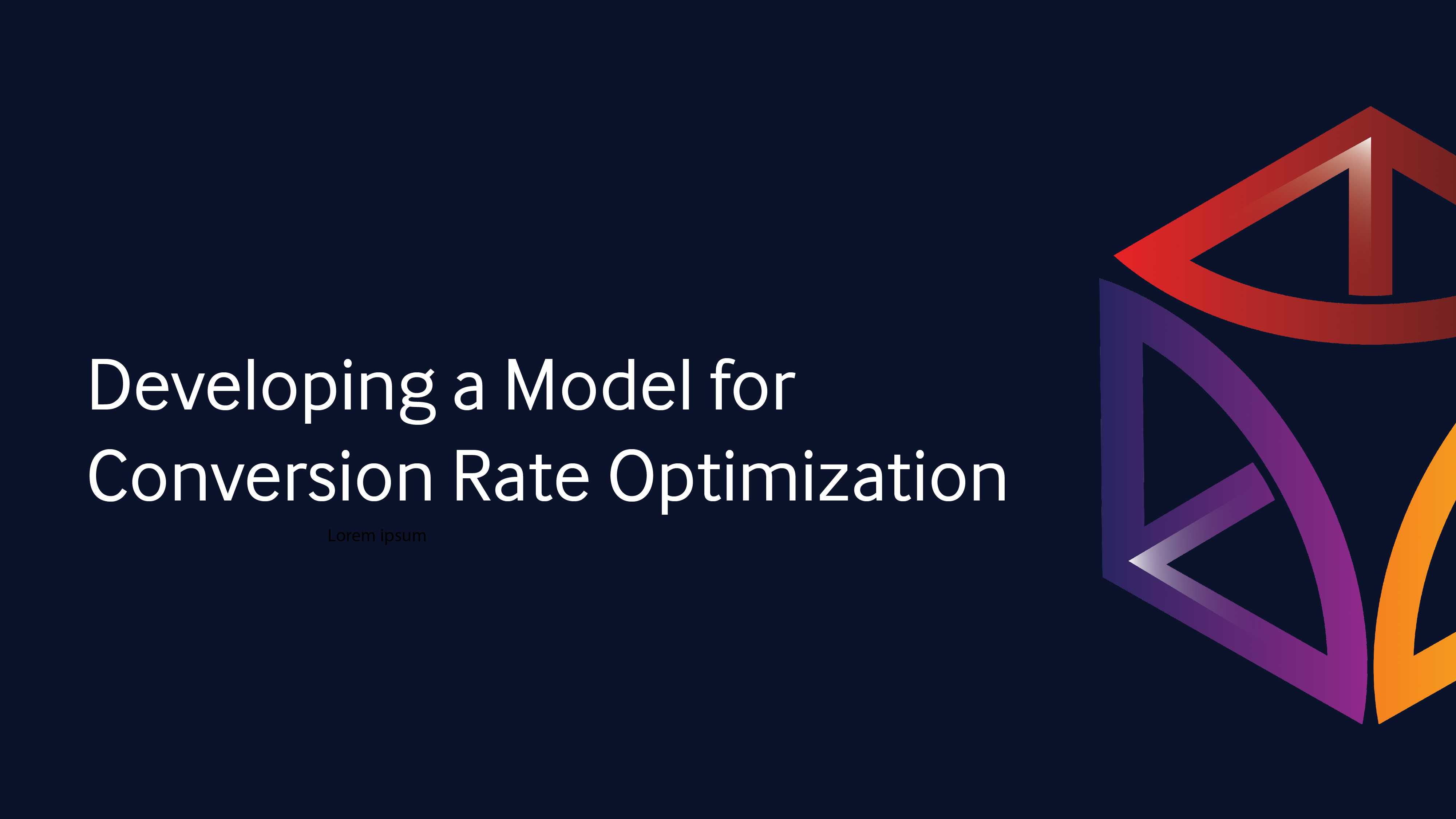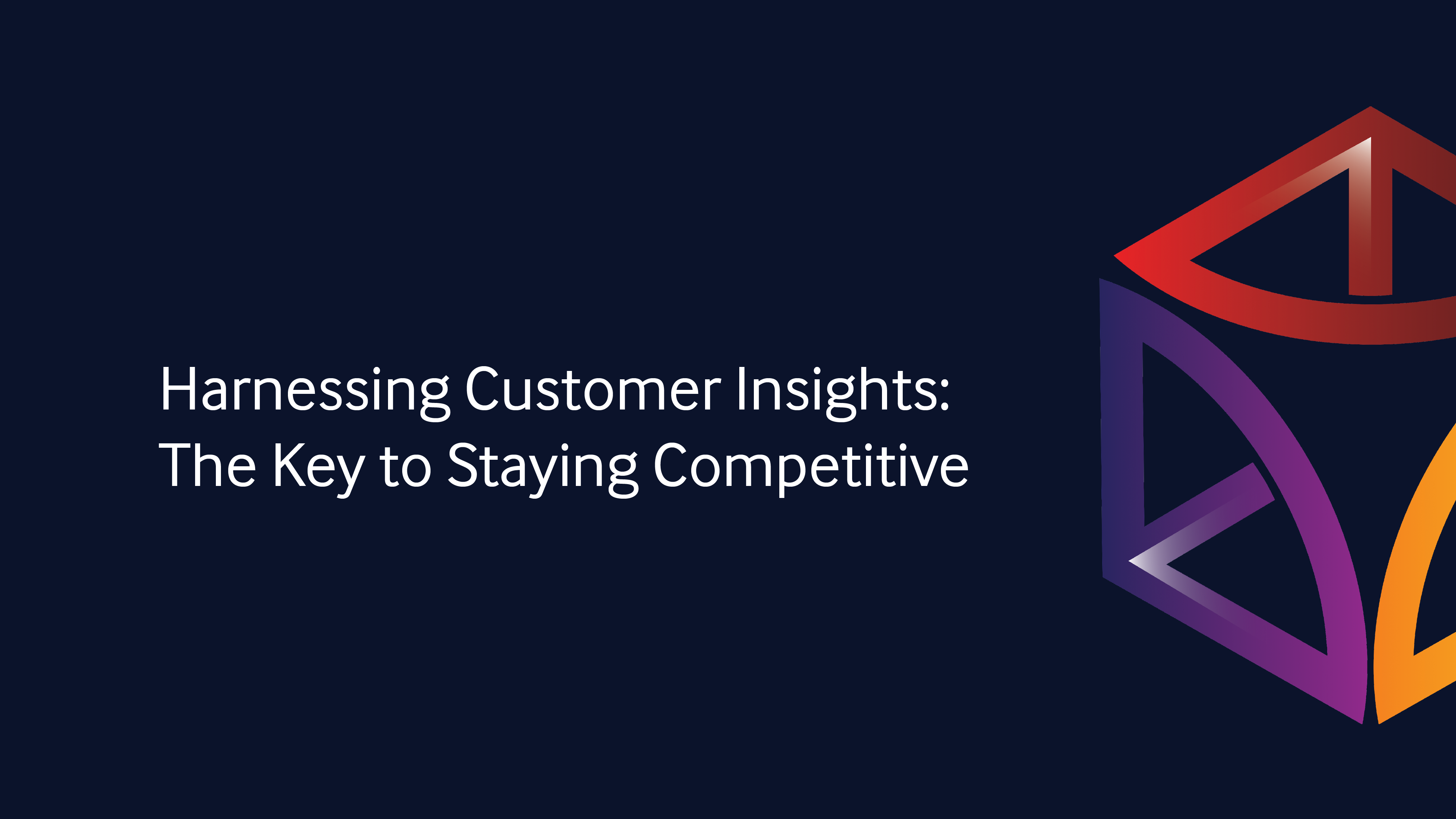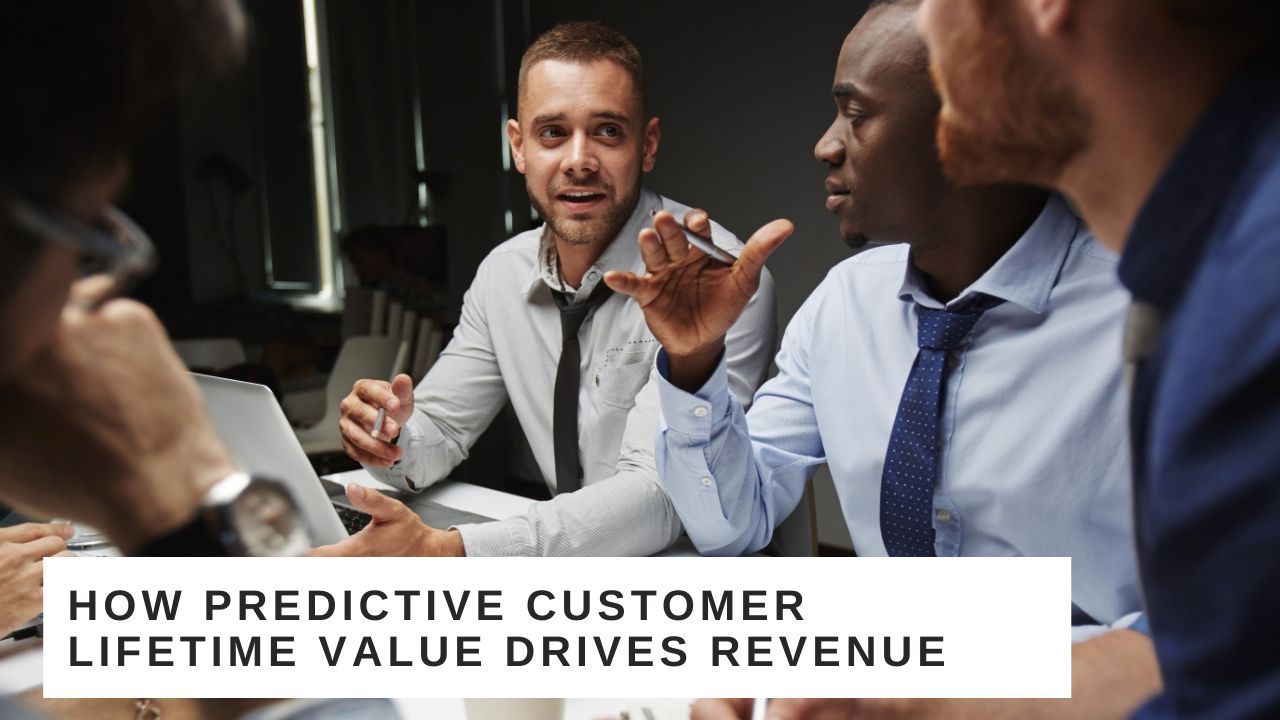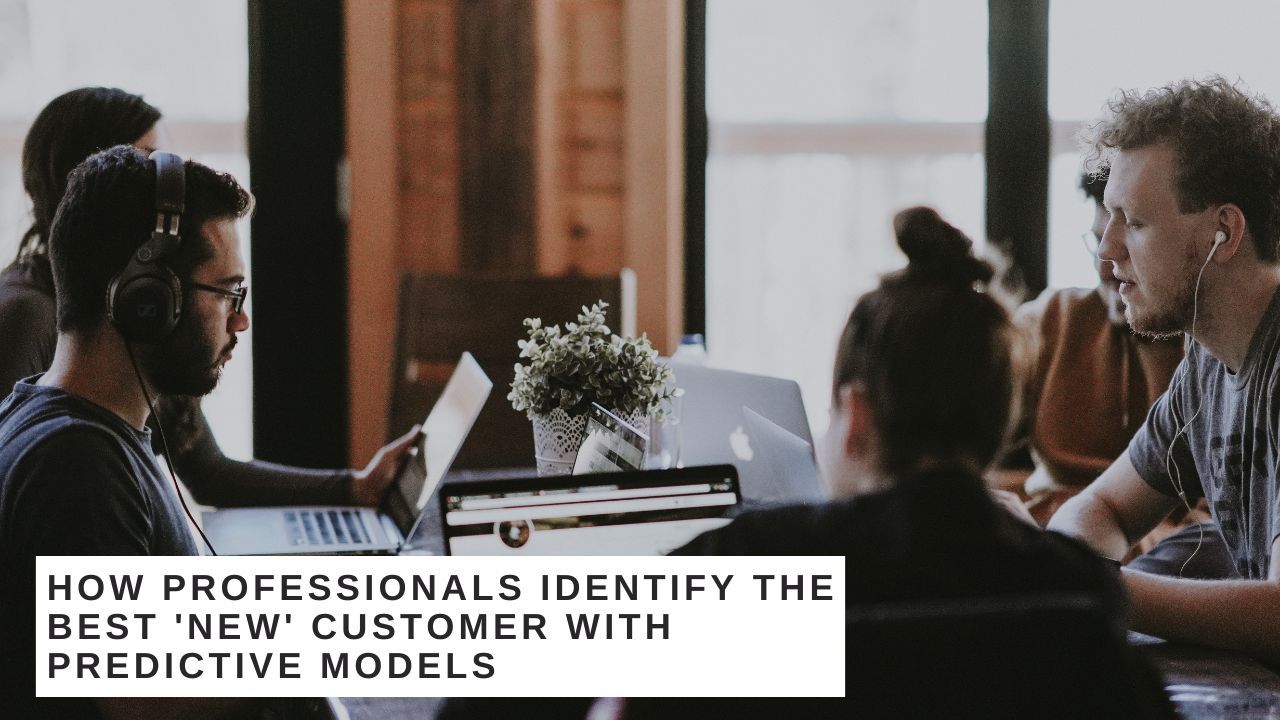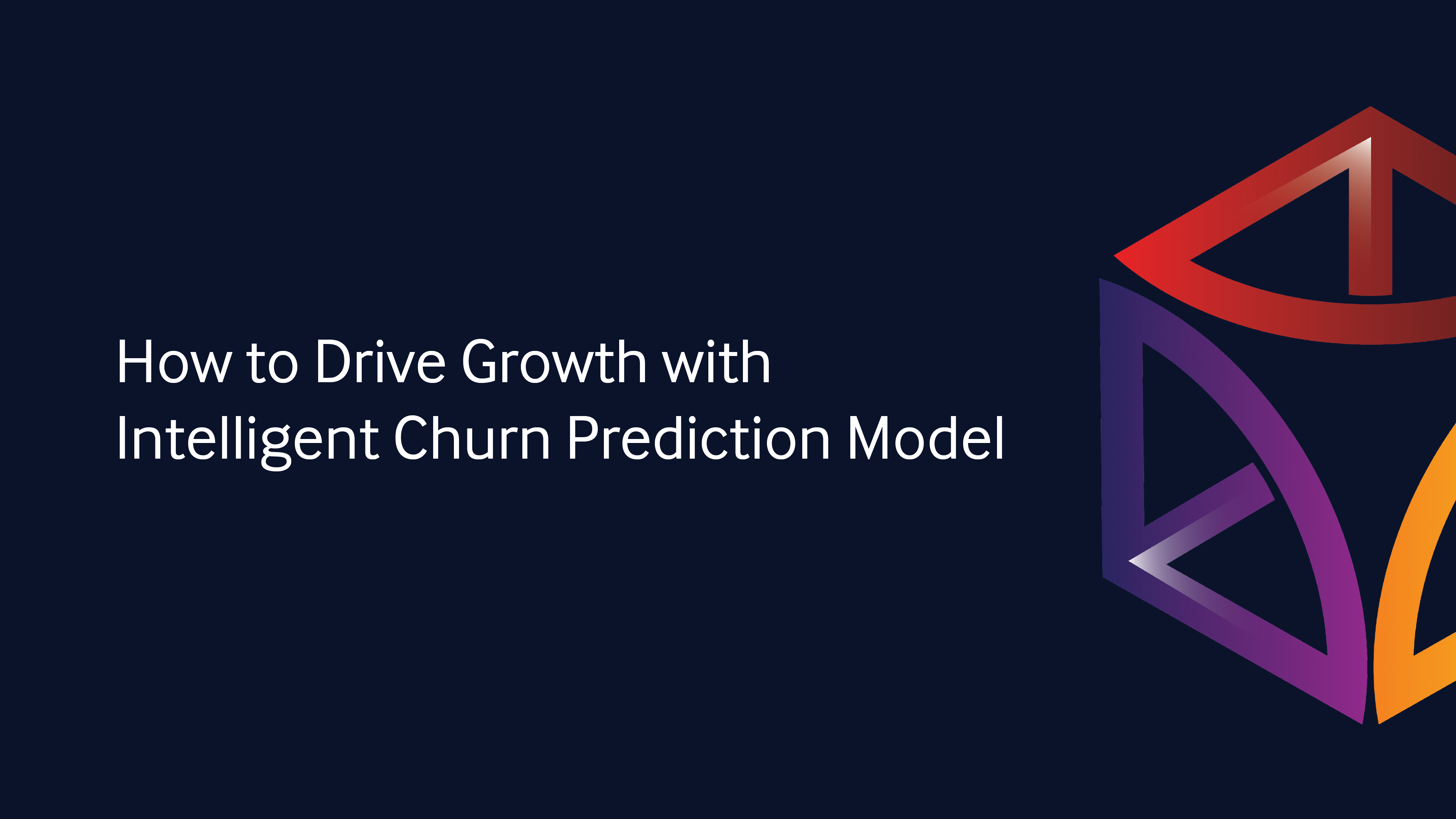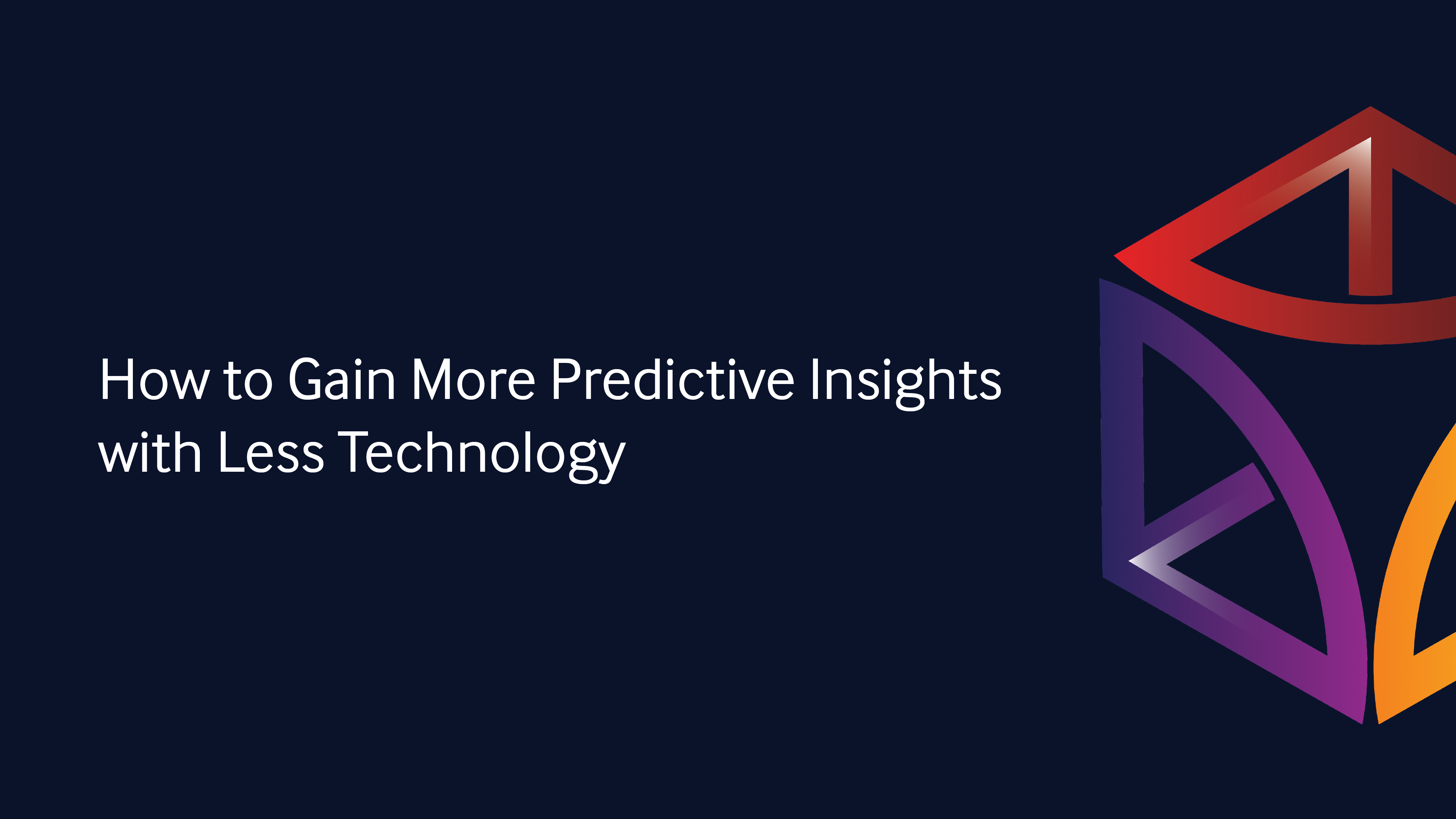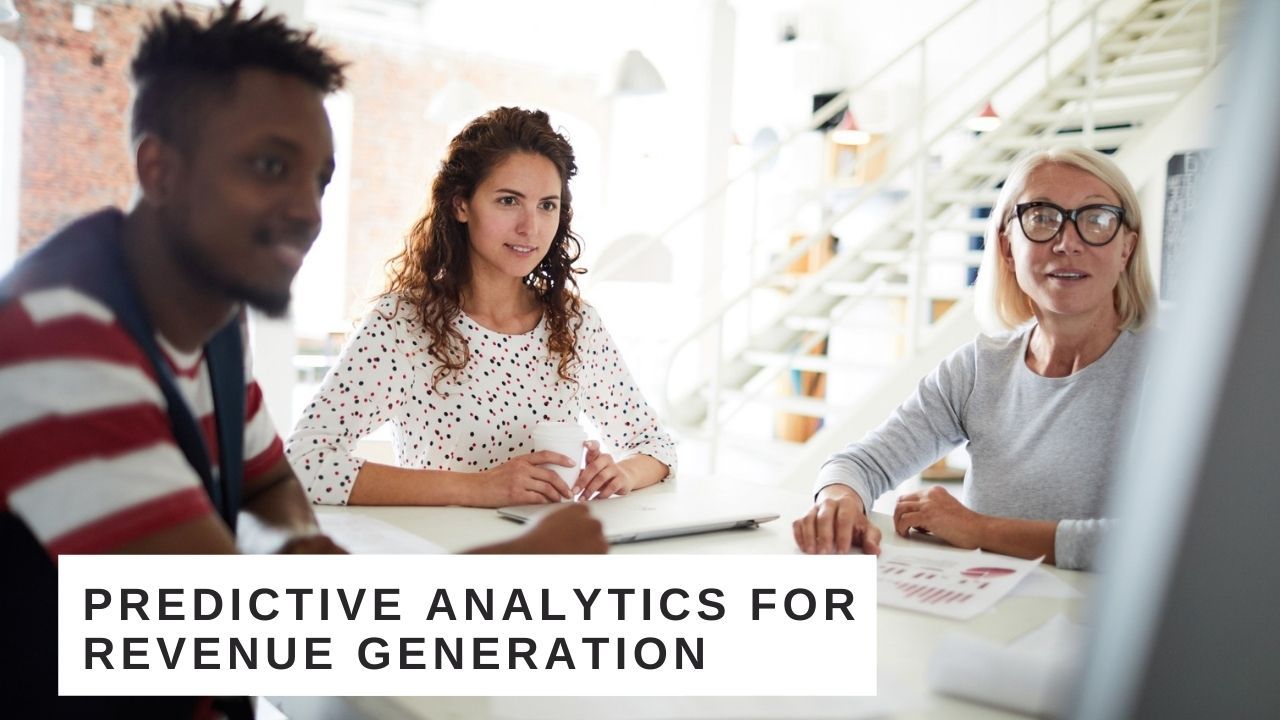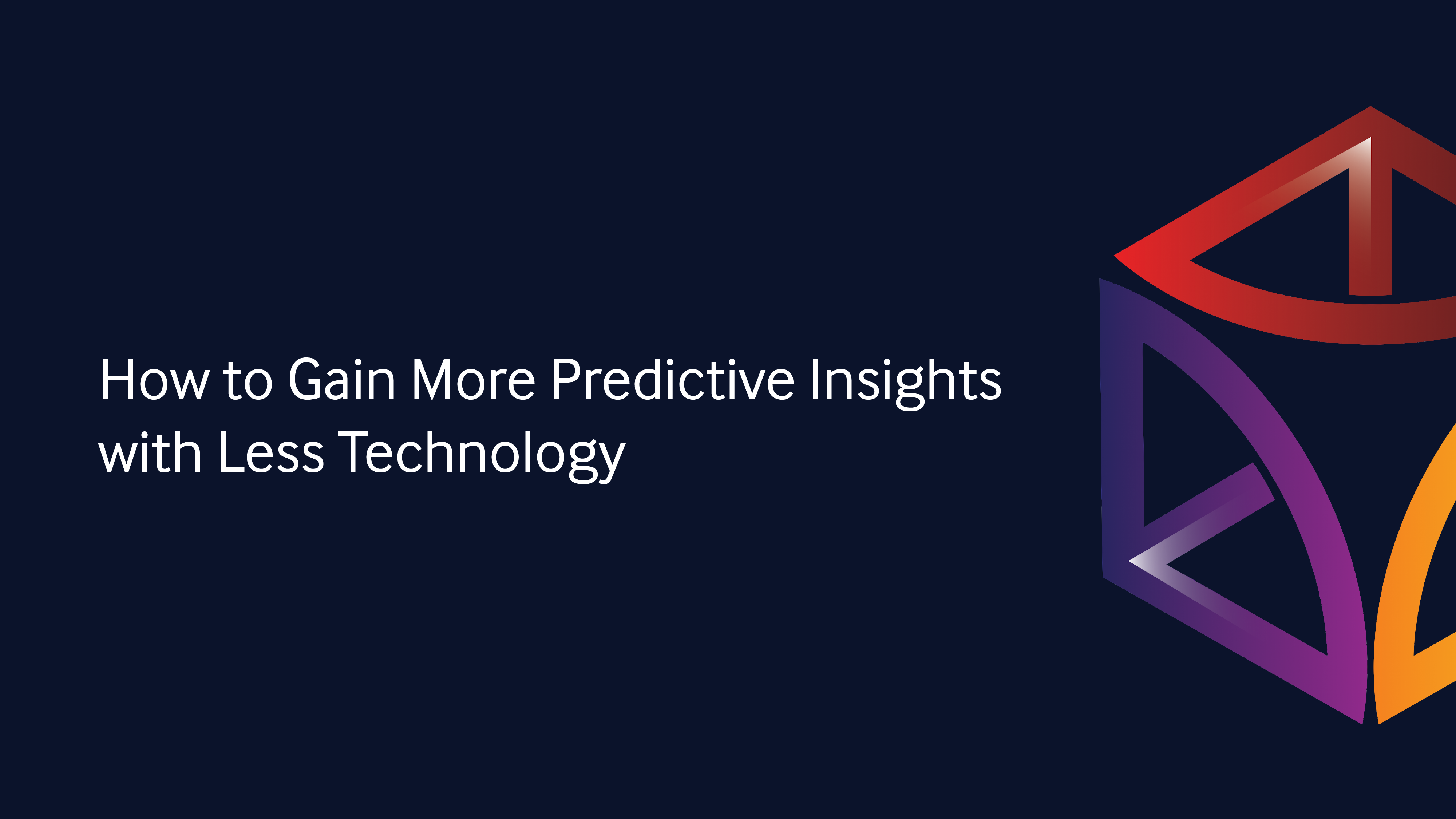

Elsa Petterson
Partner success manager @ Put It Forward
Table of Contents
- How to Gain More Predictive Insights with Less Technology
Having moved from the centralized to decentralized technology purchase program, the number of tech and thus investments into it has risen to a level unseen before. Different tech stacks and platforms have emerged for each type of team, with the go-to-market teams (marketing, customer success, and sales) seeing the most. Yet, with more and more tech added to the stack, we can now see that not every hole can be filled with new software. Unlike the common belief just a decade before, it’s not new technology we need but the ability to integrate the current tech stack with real-time predictive customer insights.
What Are Predictive Insights?
Predictive insights are simply the conclusions you can draw from existing data to predict customer behavior. They are based on such types of data as:
- trends,
- patterns in behavior,
- statistics,
- general customer information.
What’s important is that nowadays, we have access to better predictive customer insights than ever before. With machine learning and AI, it’s possible to analyze all this information seamlessly and draw the right conclusions based on them in seconds or minutes. But, for that, we need the tech stacks and platforms integrated with the right data.
Why is it problematic? Customer insight prediction is hindered by one major obstacle – the ever-growing tech stack. This leads to data silos, a problem that many organizations are familiar with. And with fragmented, incomplete, and unstructured data, getting the right customer insights is impossible, even with the best available tools. Conversely, this leads to businesses missing out on opportunities and reaping the benefits of predictive insights.
The Benefits of Predictive Insights
Customer insights, when based on the right data and used properly, can lead to a number of gains for an organization. Let us delve into this topic for a minute or two and elaborate on the advantages that come with insight prediction, namely:
- Sales and revenue forecasting – With predictive insights, businesses can optimize their strategies and act on sales opportunities immediately due to forecasting. It’s also an excellent starting point for any KPIs or OKRs, enabling businesses to measure their performance compared to the predictions and thus evaluate teams’ effectiveness.
- Customer analytics – Customer experience insights are crucial for any business. They enable organizations to set the level of personalization in their campaigns, identify high-value customers, and predict churn, thus boosting customer retention. This is material, given the high customer acquisition costs.
- Marketing analytics – Evaluating which types of marketing campaigns are most important, balancing and optimizing spend to achieve the highest possible marketing ROI, and finally identifying customer segments that consist of the most promising, desired target audiences – it’s possible with predictive insights based on complete data.
- Operation analytics – Estimating the demand for the products and building a logistics chain according to the forecasts, optimizing maintenance schedules based on sales peaks, or even predicting equipment failures – it’s possible with the right data, operated by the right system.
- Risk mitigation – Businesses are constantly exposed to fraudulent activities and investment risks. With predictive analytics, it’s possible to mitigate those risks and make your organization less susceptible to them in the future.
Concerns Regarding Security
While insight prediction offers a long list of benefits for organizations, it is inevitably entwined with one major concern: security. Personal data is used for the sake of predictions. But what does it mean for businesses willing to adopt this approach?
The key point in this case is that top-notch security is required to proceed with insight predictions. Otherwise, data leaks might occur, leading to losses higher than the possible gains, with the loss of customer trust being the most significant one. Therefore, when investing in customer experience insight prediction, you must ensure your datasets' first-rate protection.
Insight Prediction vs. Predictive Analytics
Predictive analytics focuses on the patterns in customer behavior, while insight prediction takes this a step further and utilizes these patterns to foresee future actions and tendencies. It’s using the discovered trends to better understand the audience or even predict new ones.
For instance, take a customer who purchases a product. Predictive analytics focuses on who the customer is, how they bought the product when they did it, and all the circumstances around it. Predictive insights, on the other hand, focus on discovering and forecasting the next product the customer shall purchase. This can later be used to market the product to this particular customer and thus, personalize the offer.
The Road to Insight Prediction
So, should companies give up on their platforms, programs, and software to clear up the data? After all, many of these solutions have proven their worth over time. The answer to this question is not straightforward, as it depends on the size and complexity of each tech stack.
While in IT transformation, many organizations overinflated their tech stacks, this doesn’t mean that every new solution is bad. However, we need to dispel the belief that adding more and more to this stack will lead to better financial results – that’s simply a myth. But, since the use of new platforms is inevitable, how can the problem of growing data silos be mitigated? Through data integration.
Compiling the data from all the sources, all the platforms like Marketo, Salesforce, Jira, Snowflake, 6Sense, and so on, is the only way to access the right, up-to-date, personal data of the customers, transactions, and your business operations and to use it for predictive insights. And for that, you need to add to your tech stack. But, instead of adding another system that helps your teams with particular activities, you need to add one program to rule it all: a platform that integrates the data and performs intelligent insight prediction.
How Put It Forward Can Help You With Predictive Insights
At Put It Forward, we understand the importance of clear, integrated data and how it can be utilized for the benefit of your business. Our Intelligent Automation Platform offers both data integration and foresight predictive analytics and insights.
With our platform, you will be able to align your teams effortlessly, effectively eliminating data silos and driving data-based decision-making. Equipped with the industry-leading no-code solution, your teams will not require extra IT resources to integrate your tech stack into it.
Conversion rate optimization through dynamic feedback modeling, intent prediction analysis based on your choices of inputs that should be taken into account, and most importantly – secure on-premise connection, thanks to which you will prevent any data leaks and ensure that personal data remains personal – these are just a few of the features that you will find in our platform.
The Takeaway
Knowing is no longer power – predicting is. With the tech stacks growing across organizations, businesses that first turn their sights towards insight prediction rather than investing in new technologies are the ones that will gain an edge over their competitors while reducing their tech debt at the same time. The conclusion is simple: integrate your data, start analyzing it using AI, and make predictions based on the information you possess.
Subscribe to our blog
